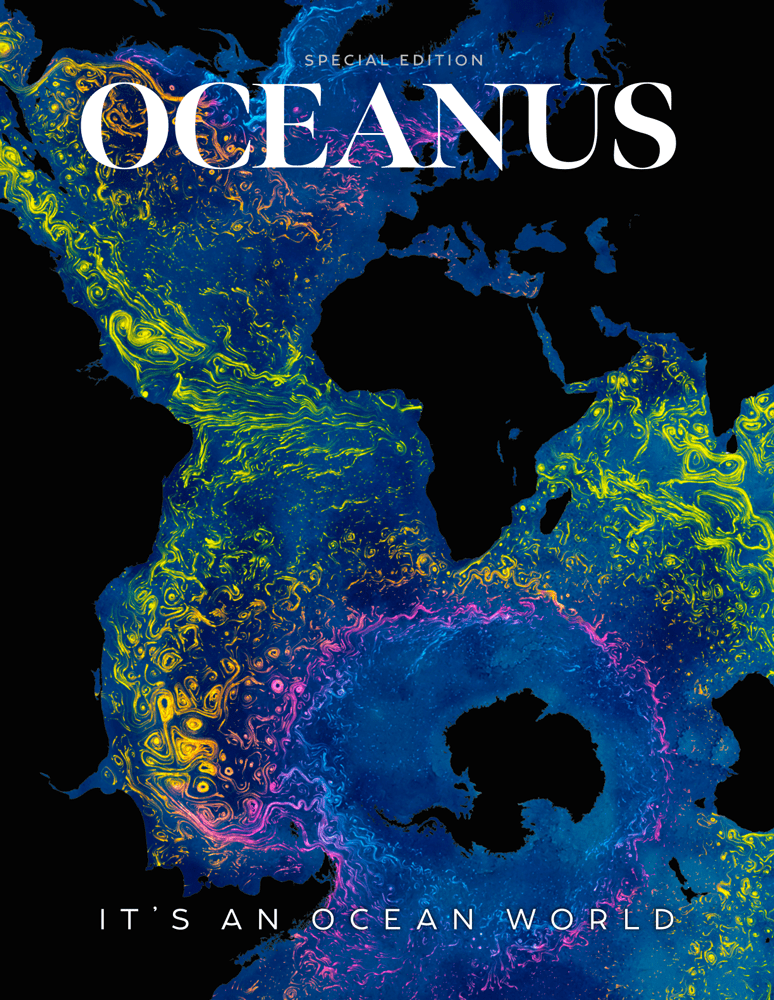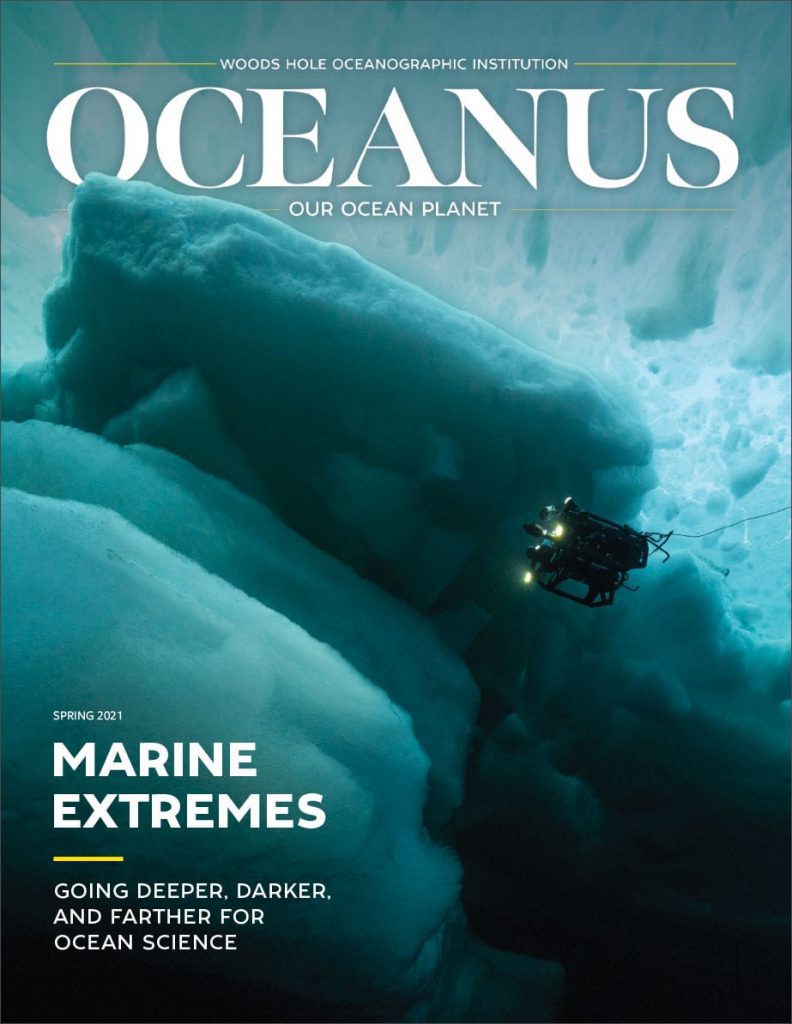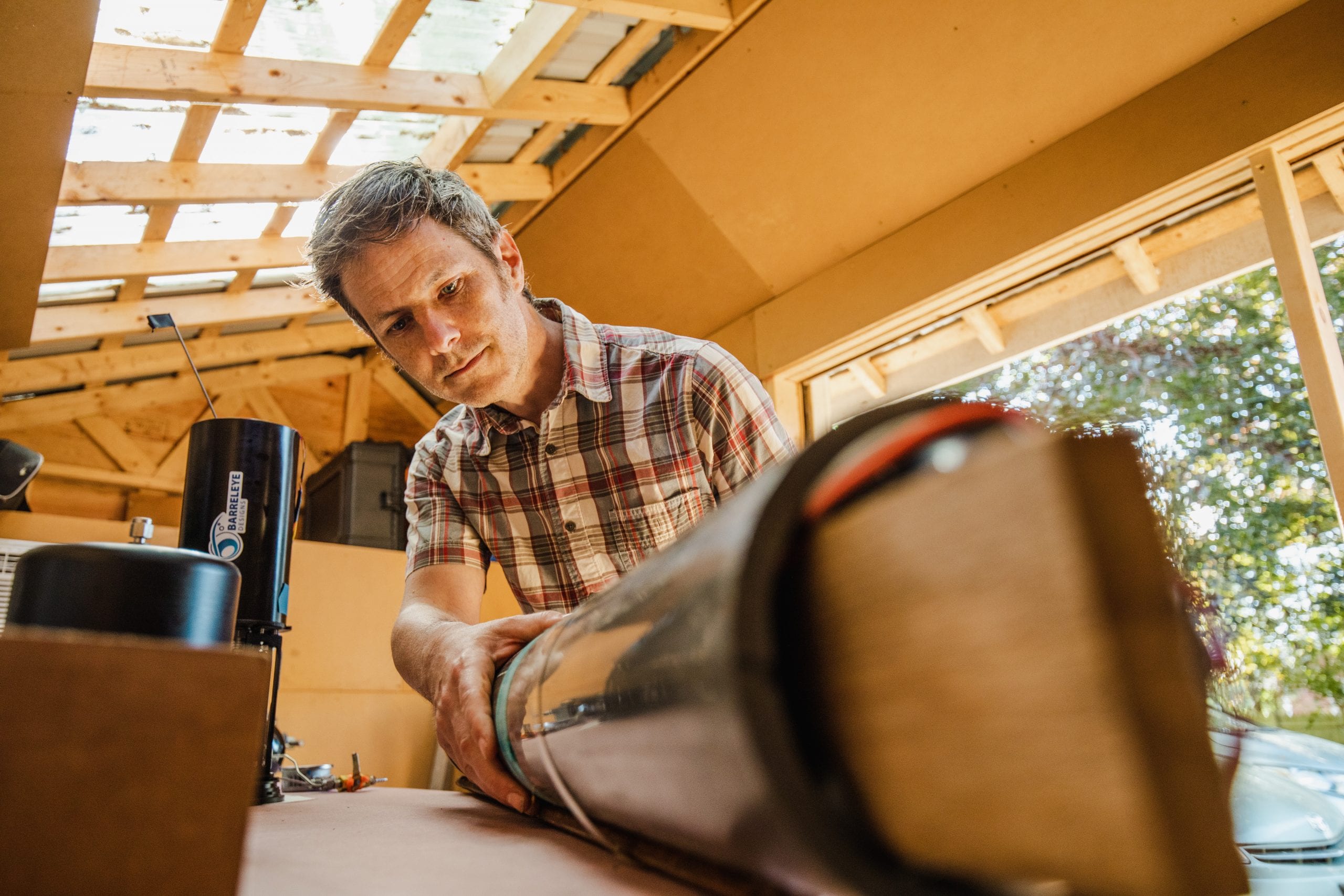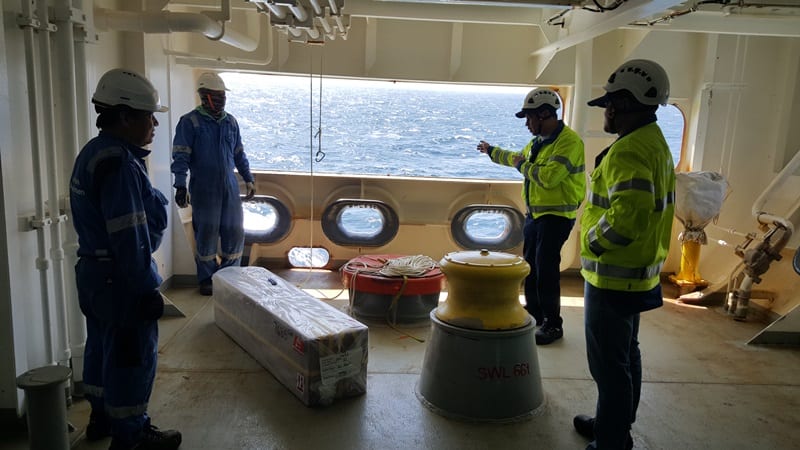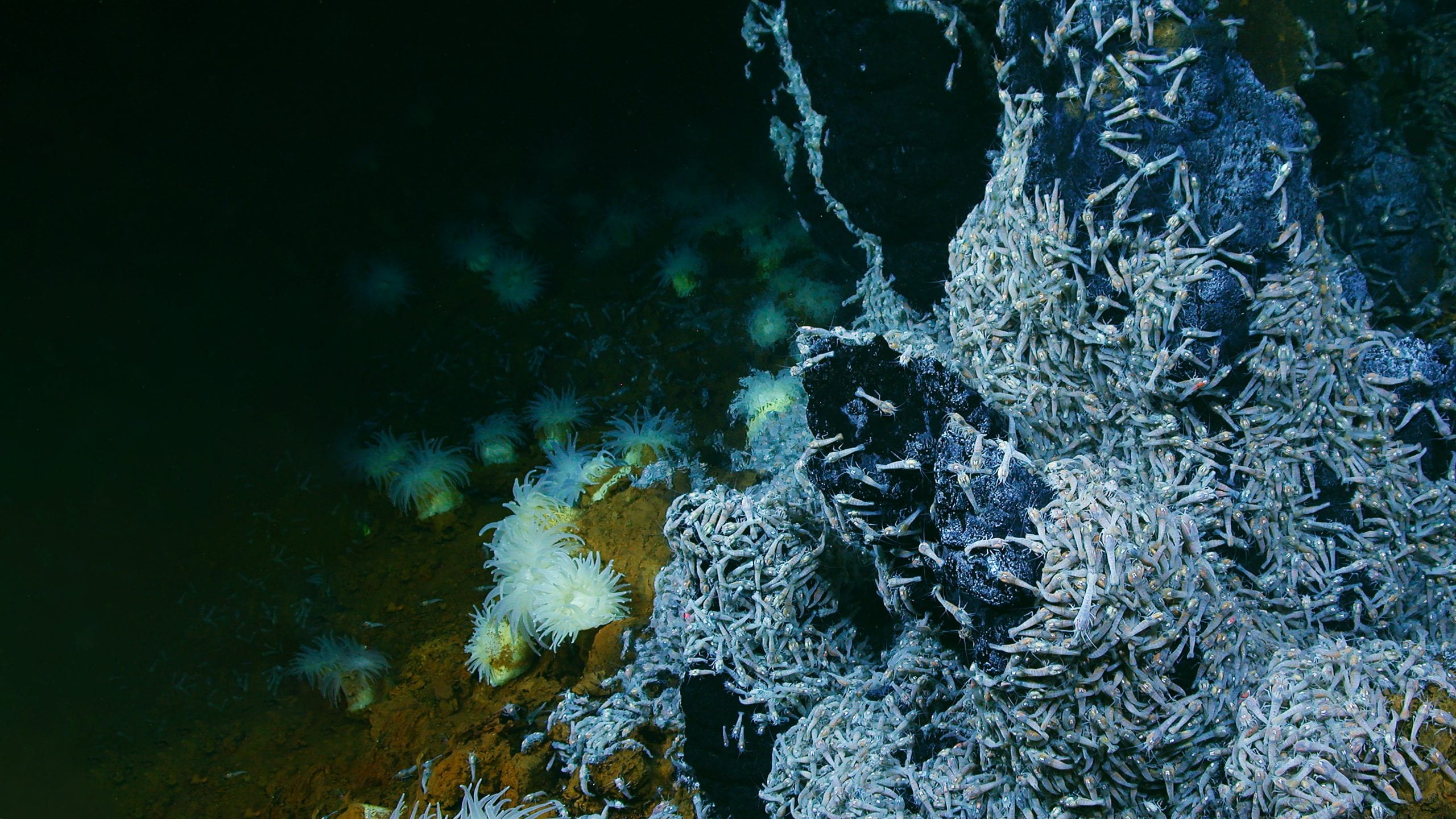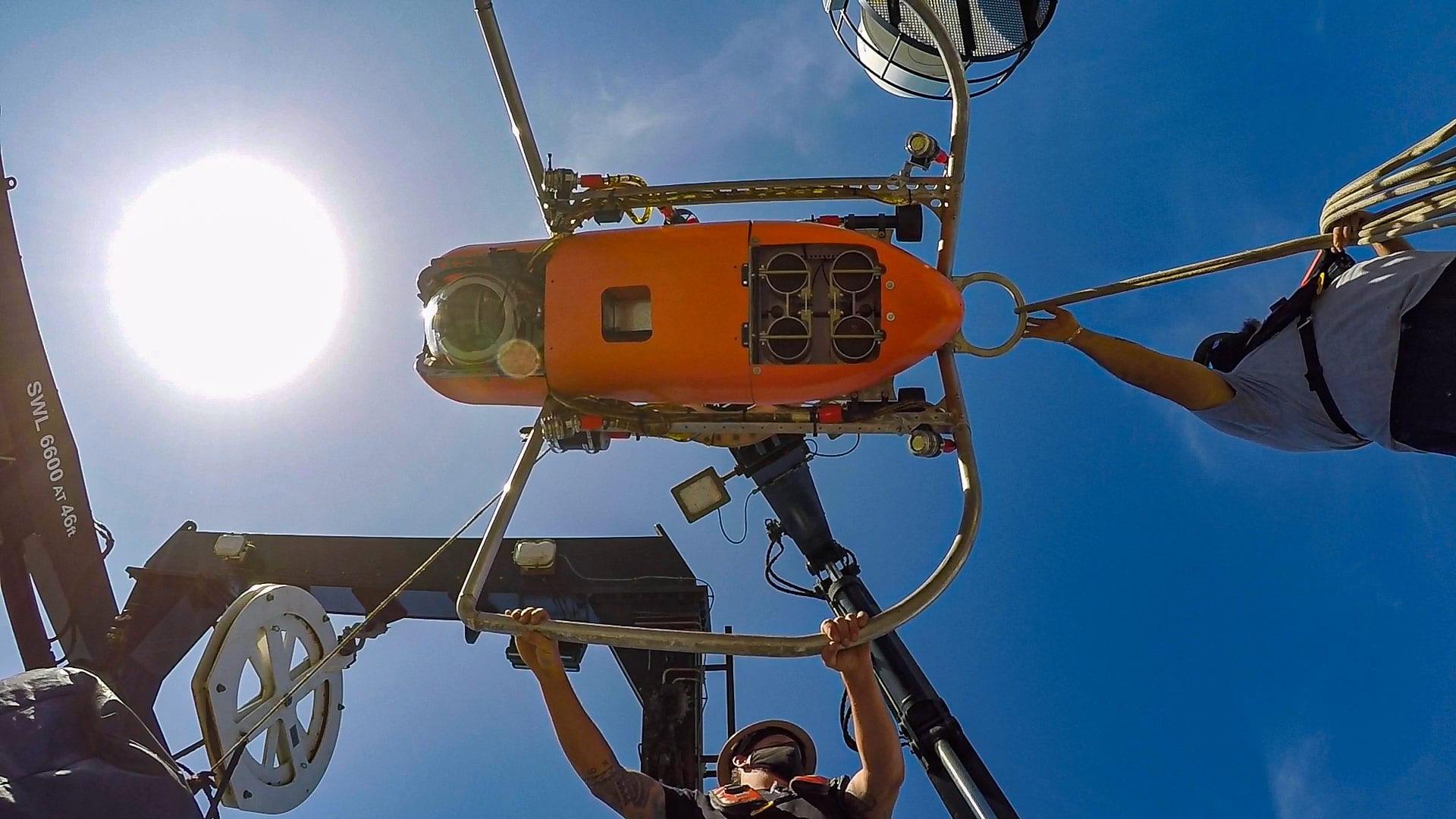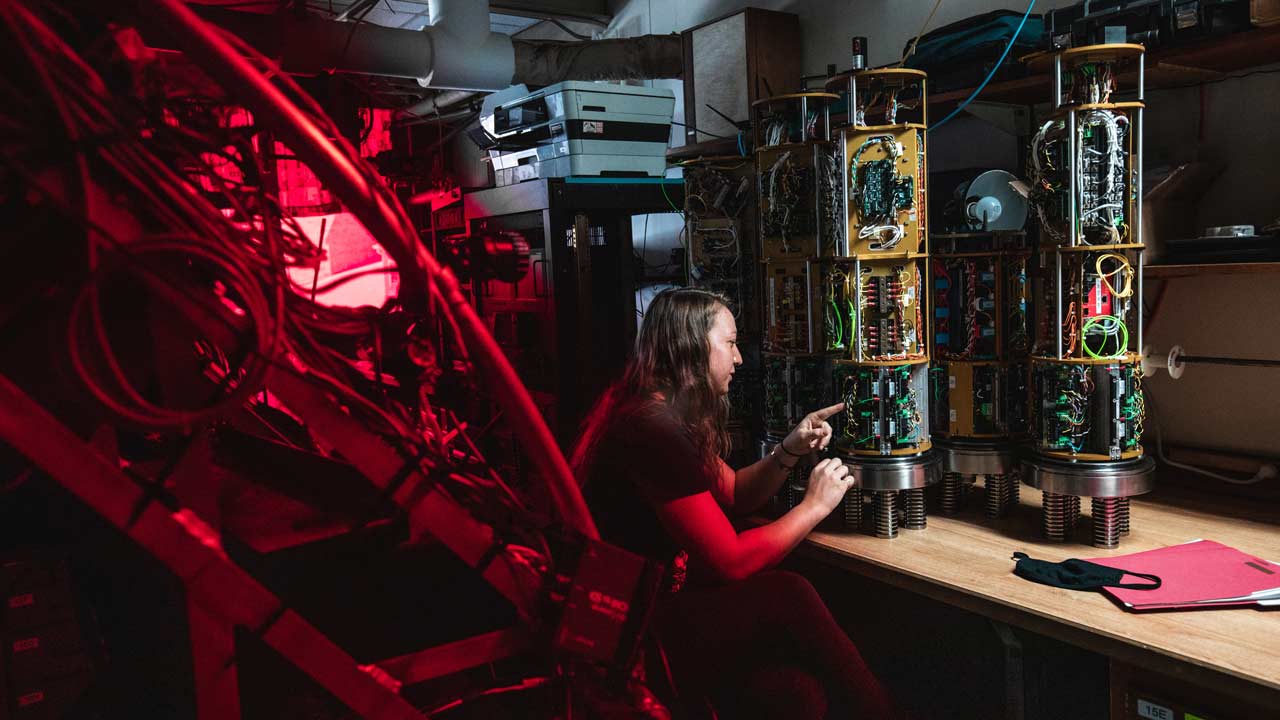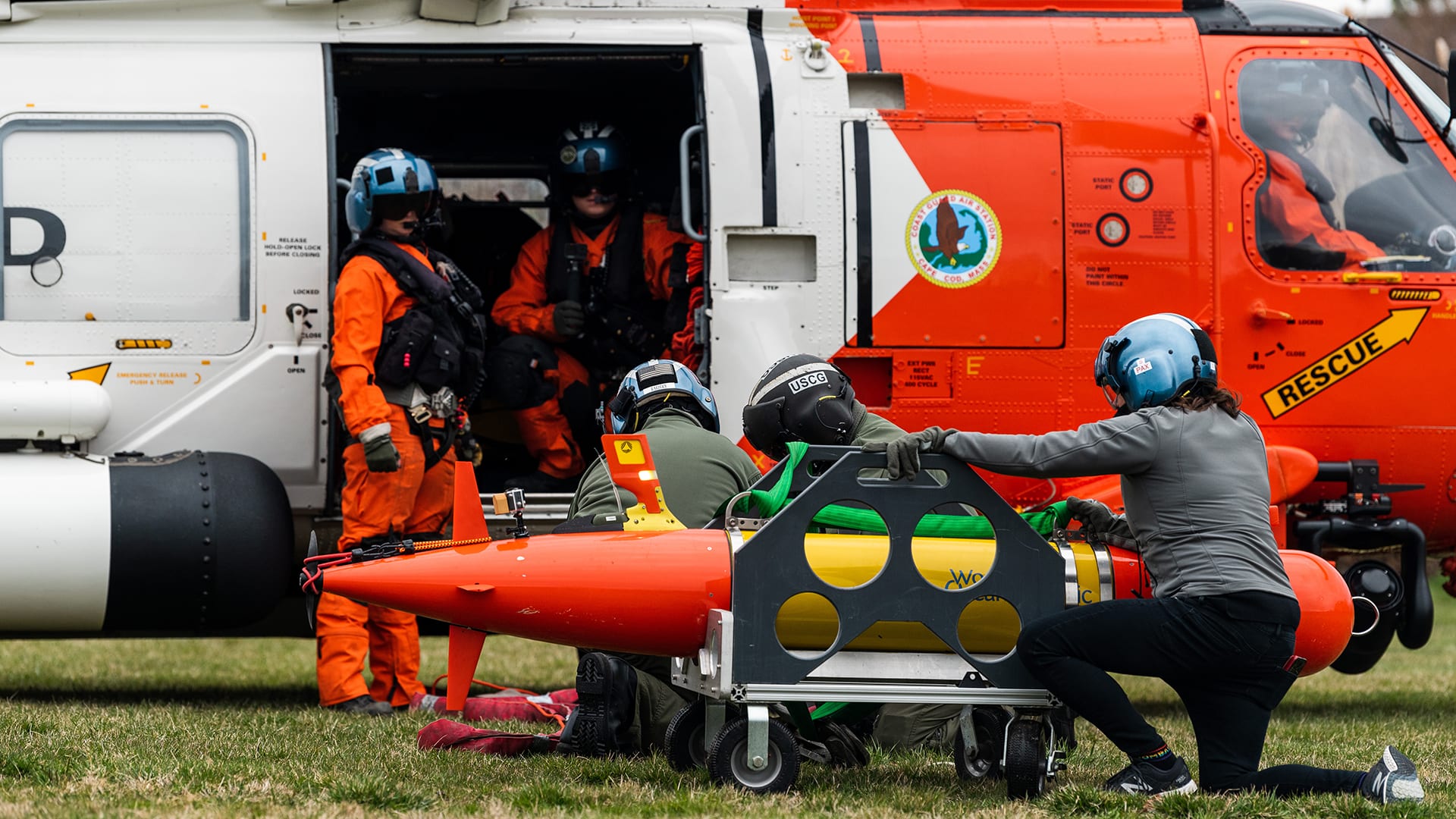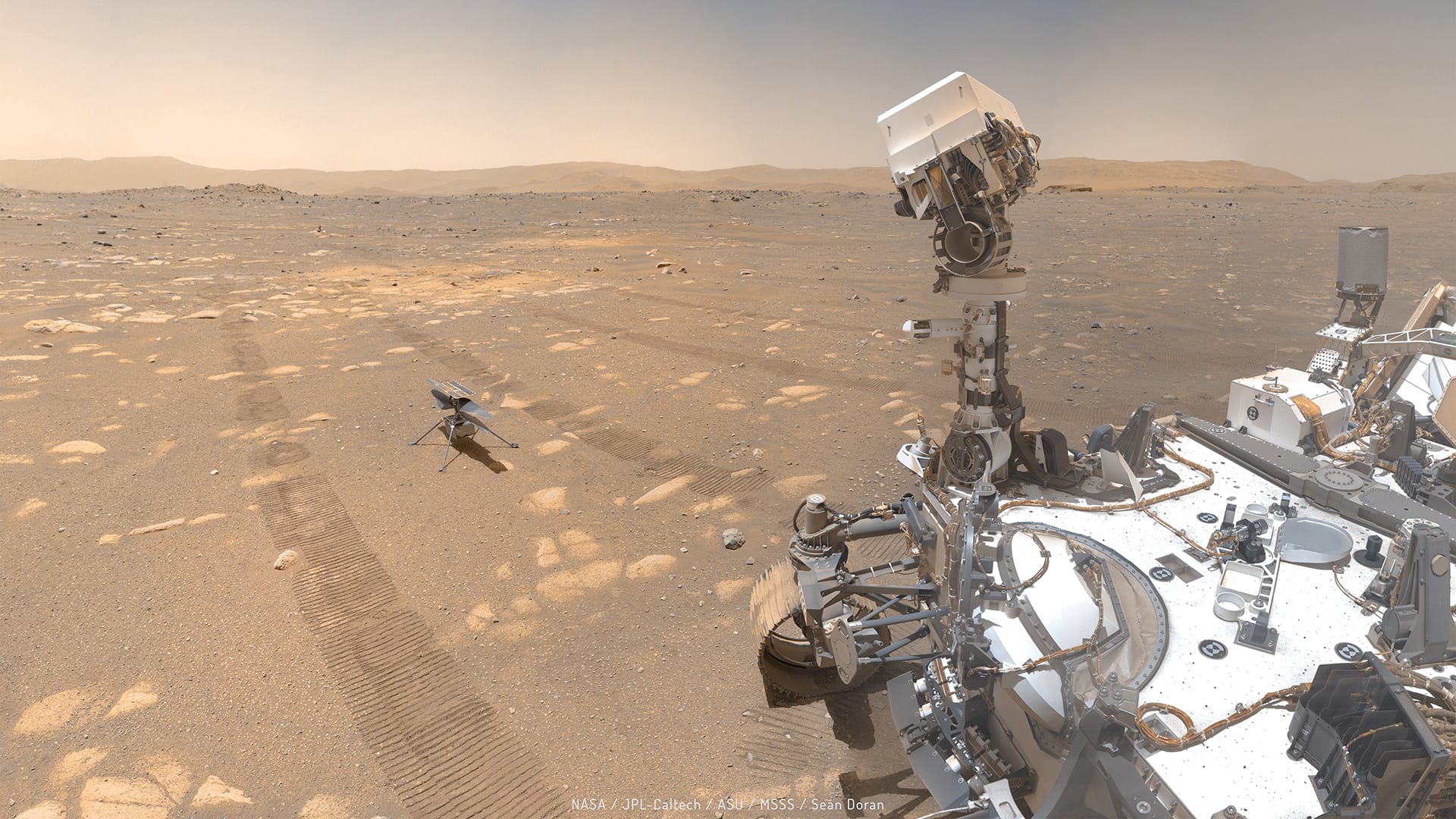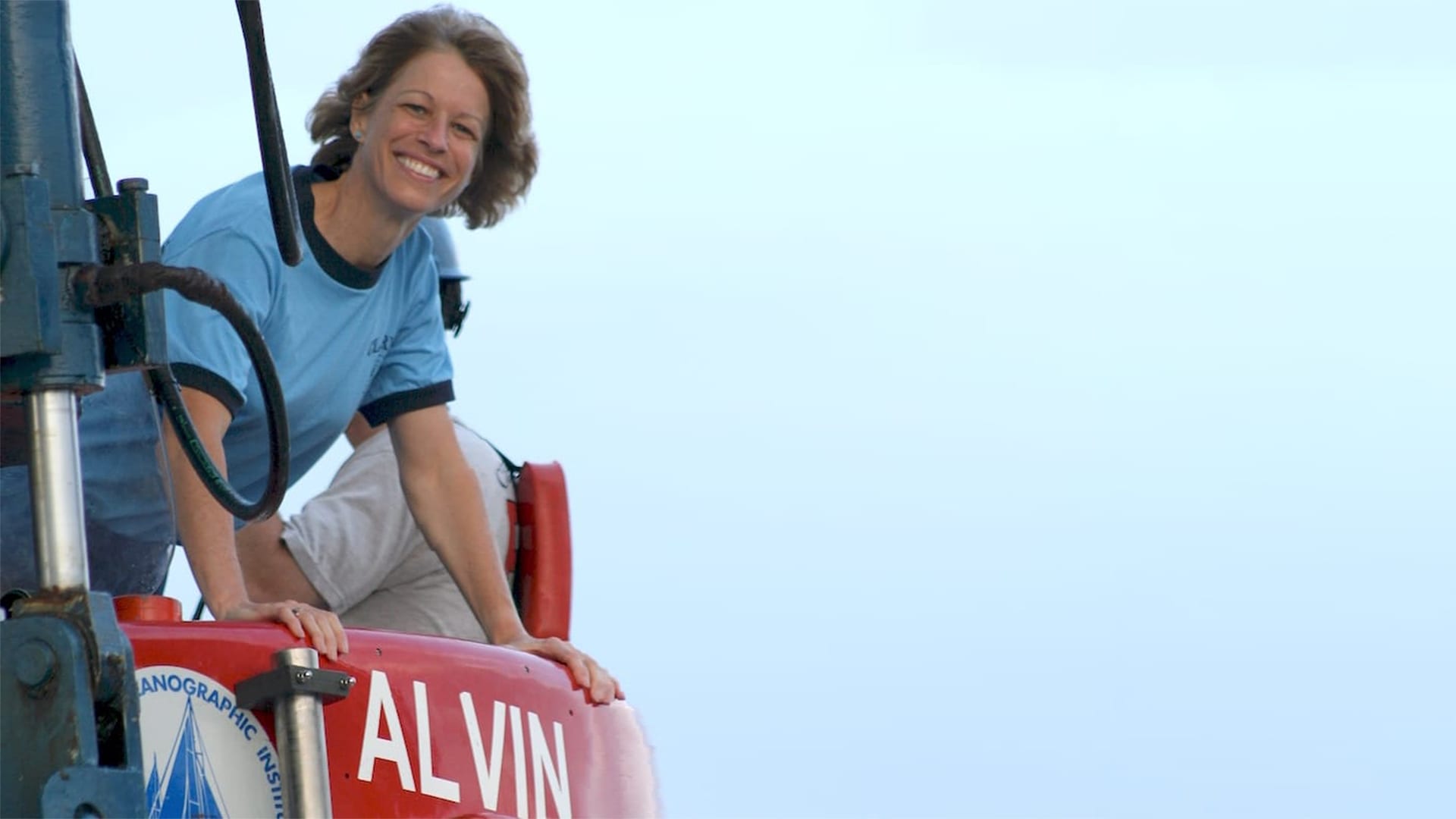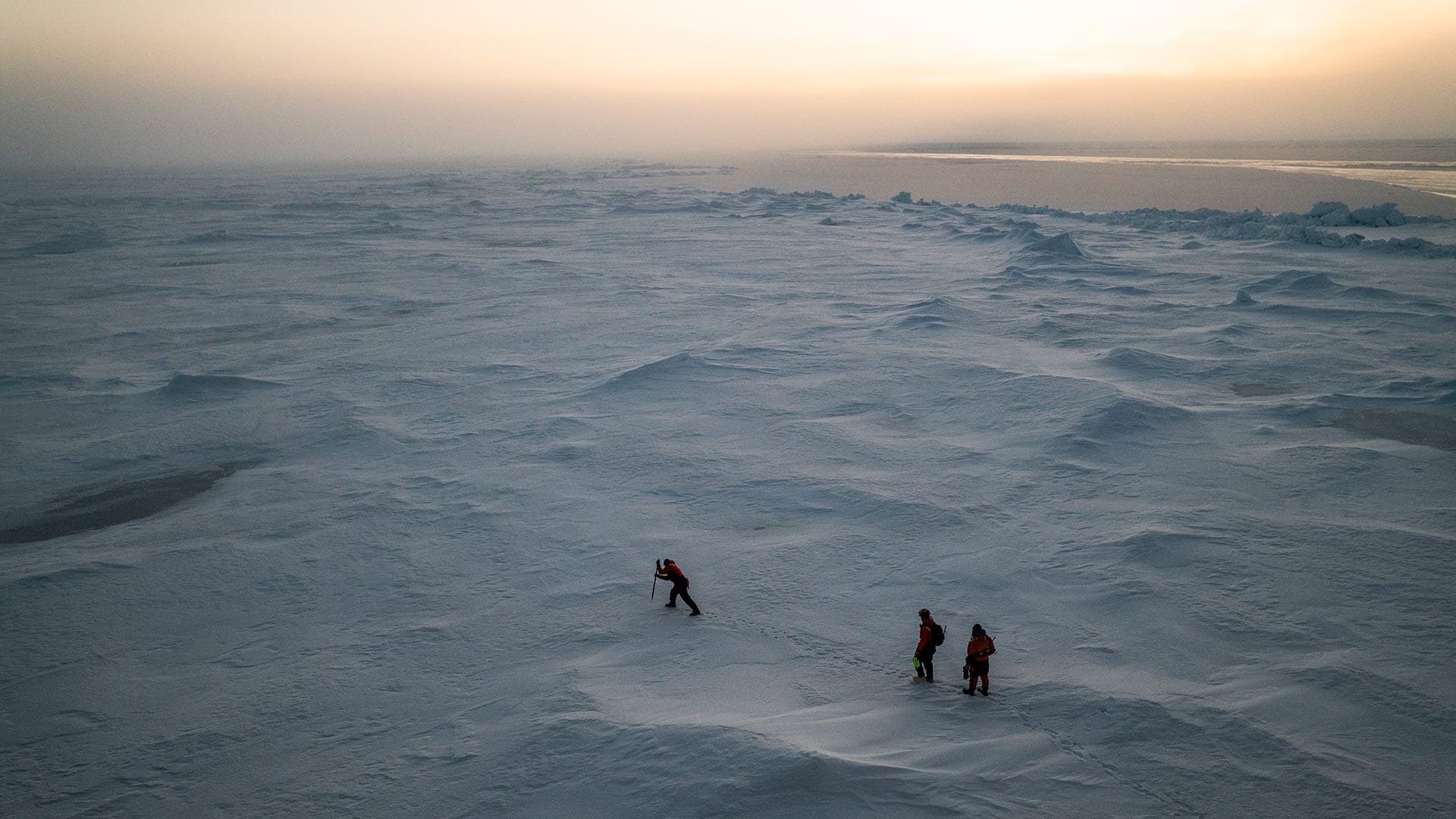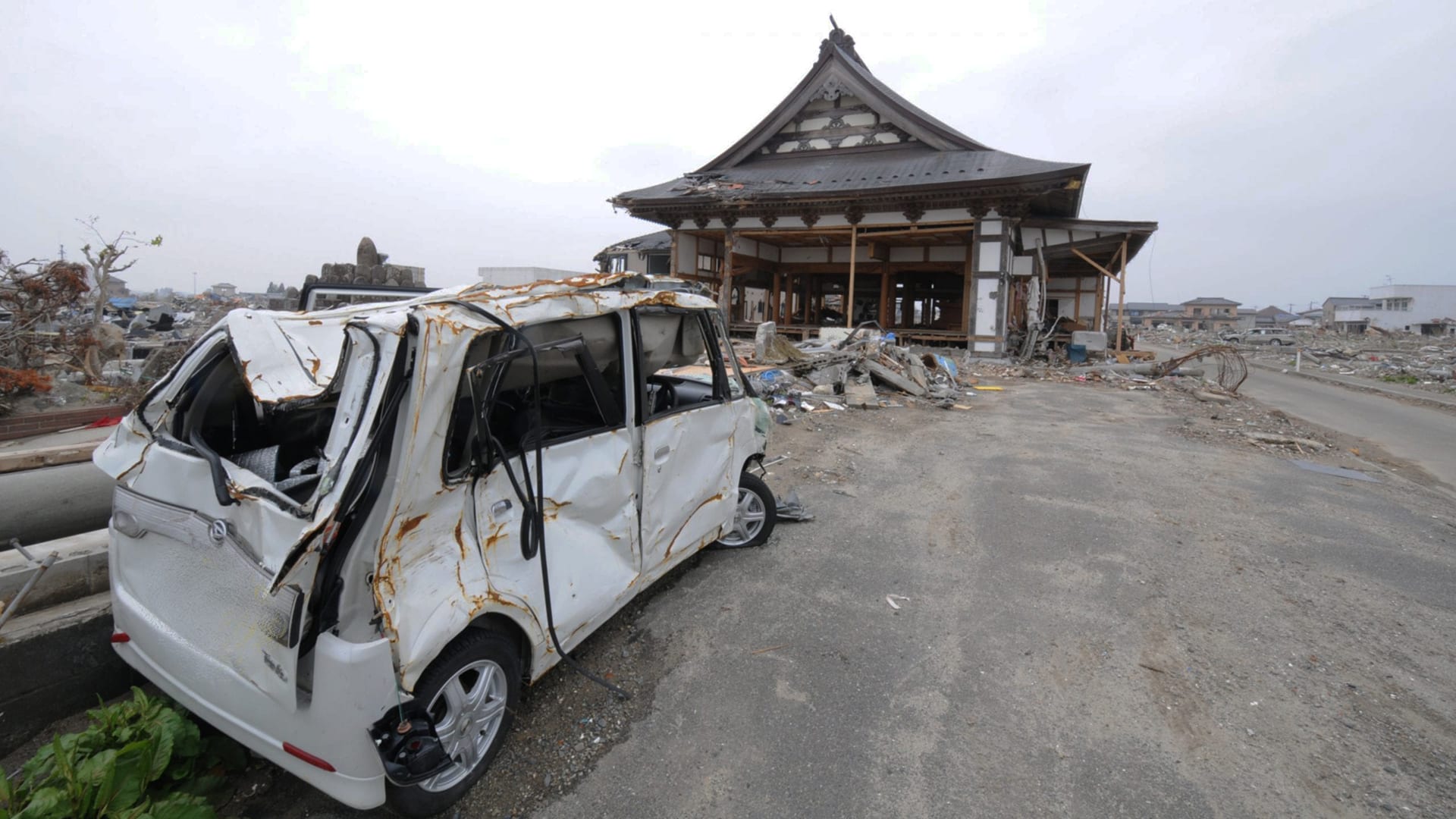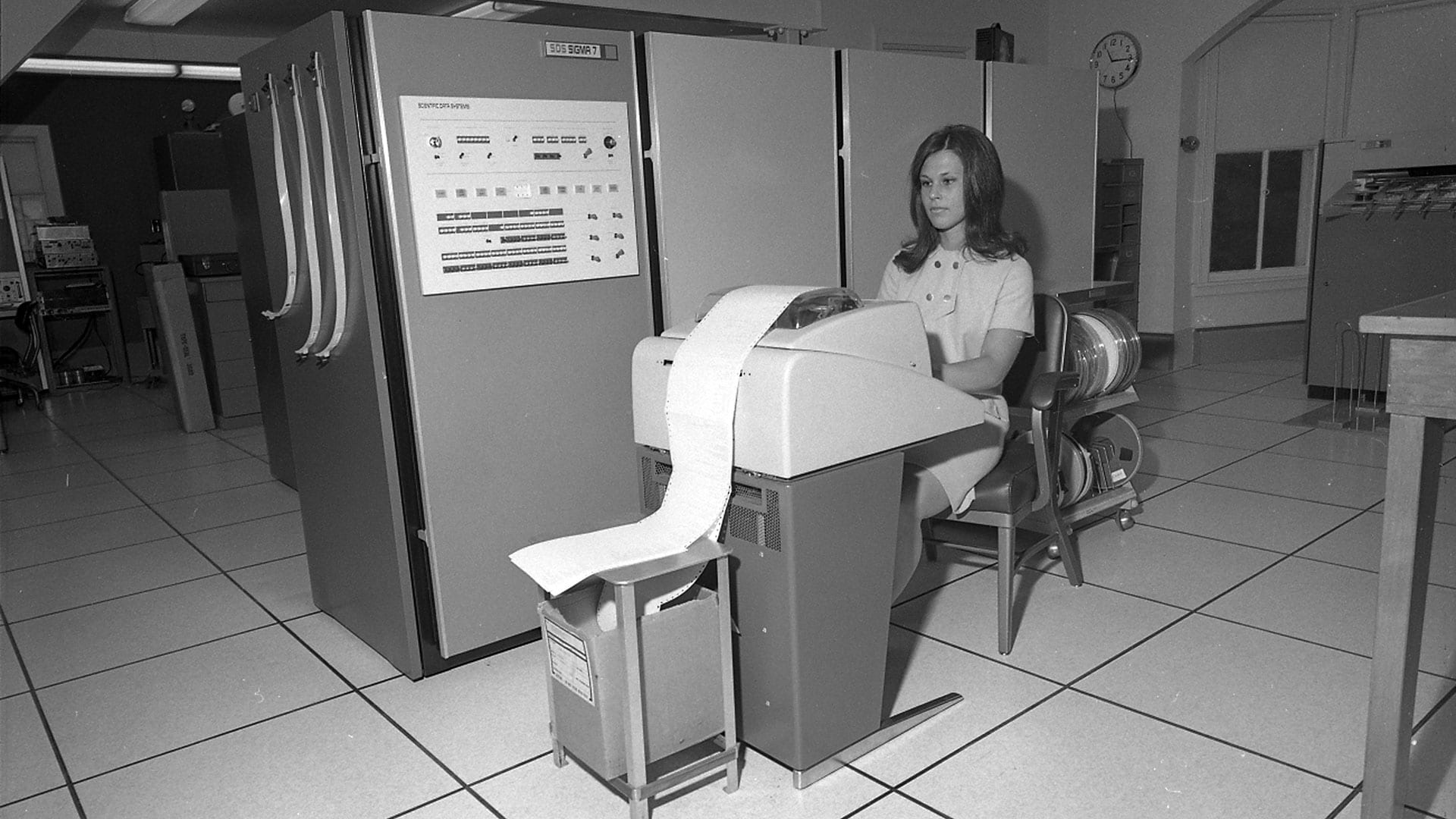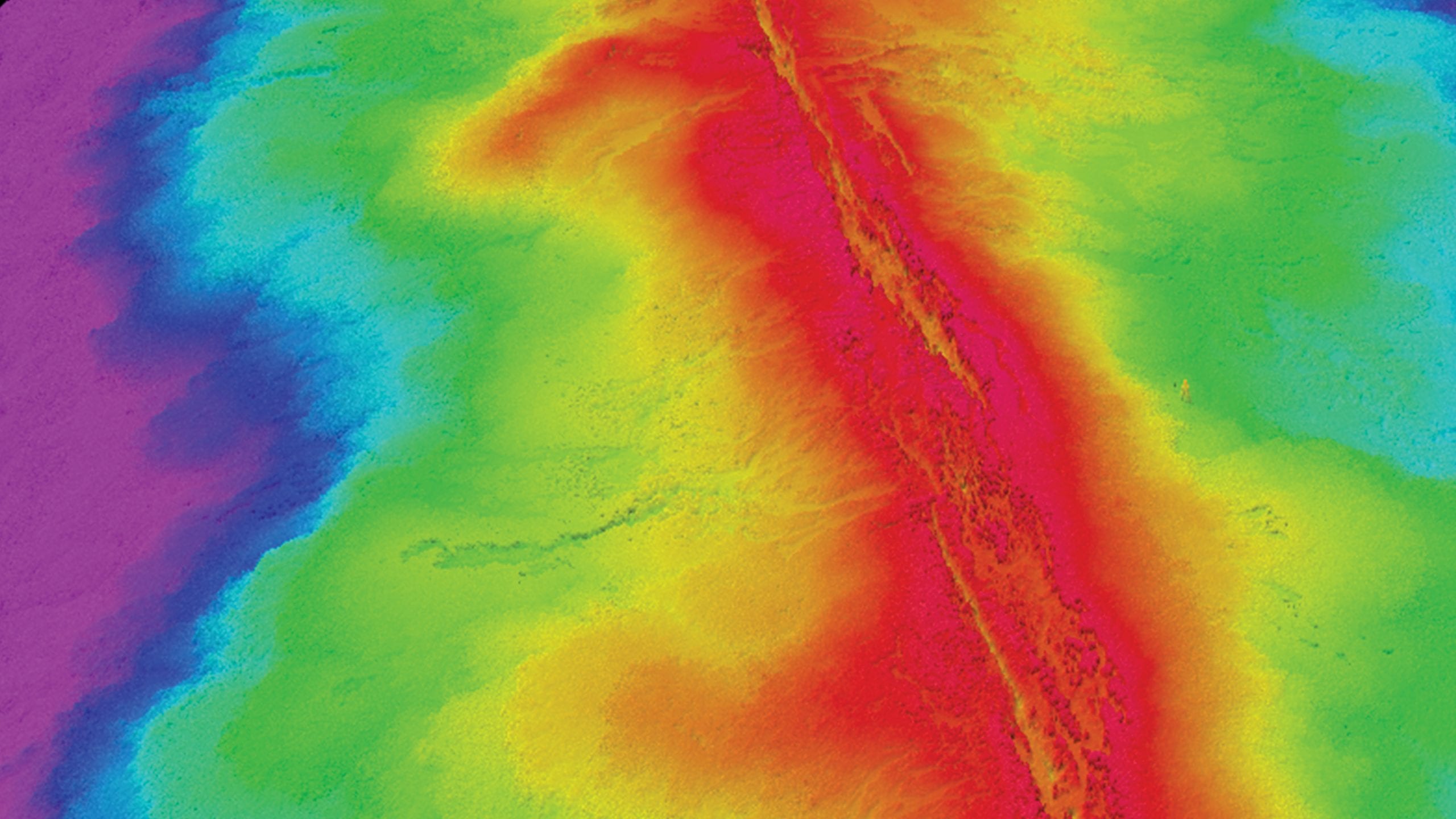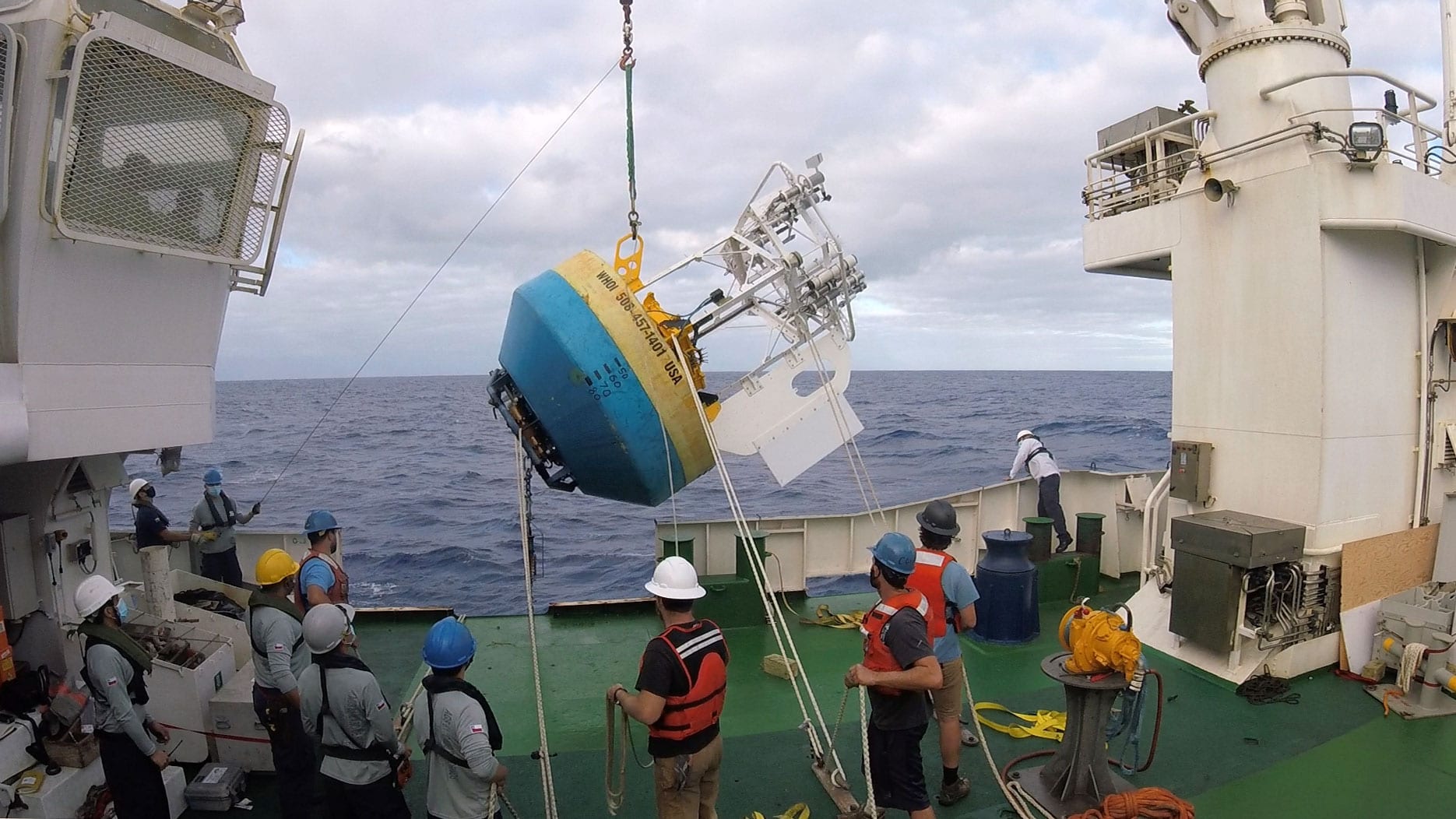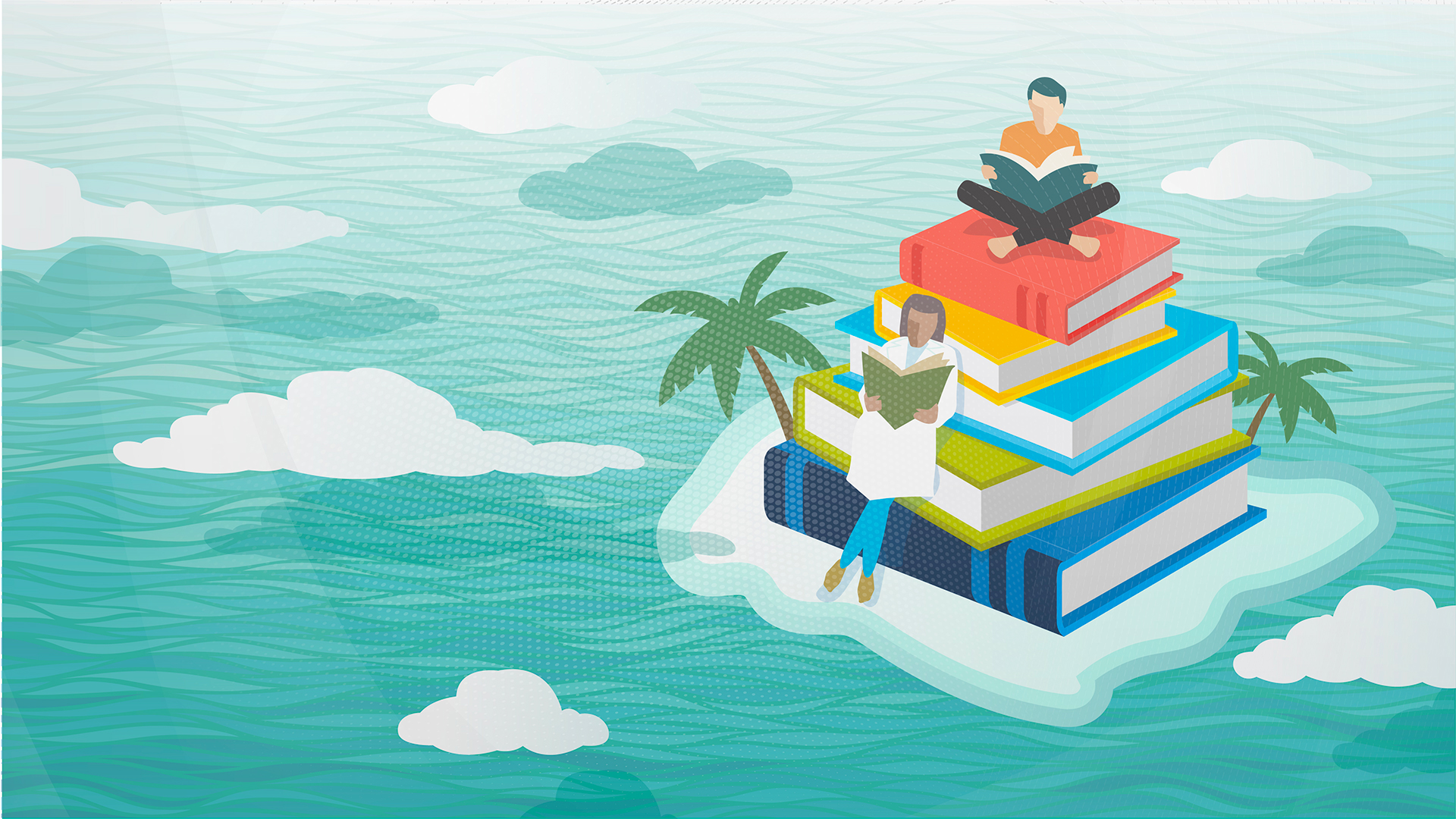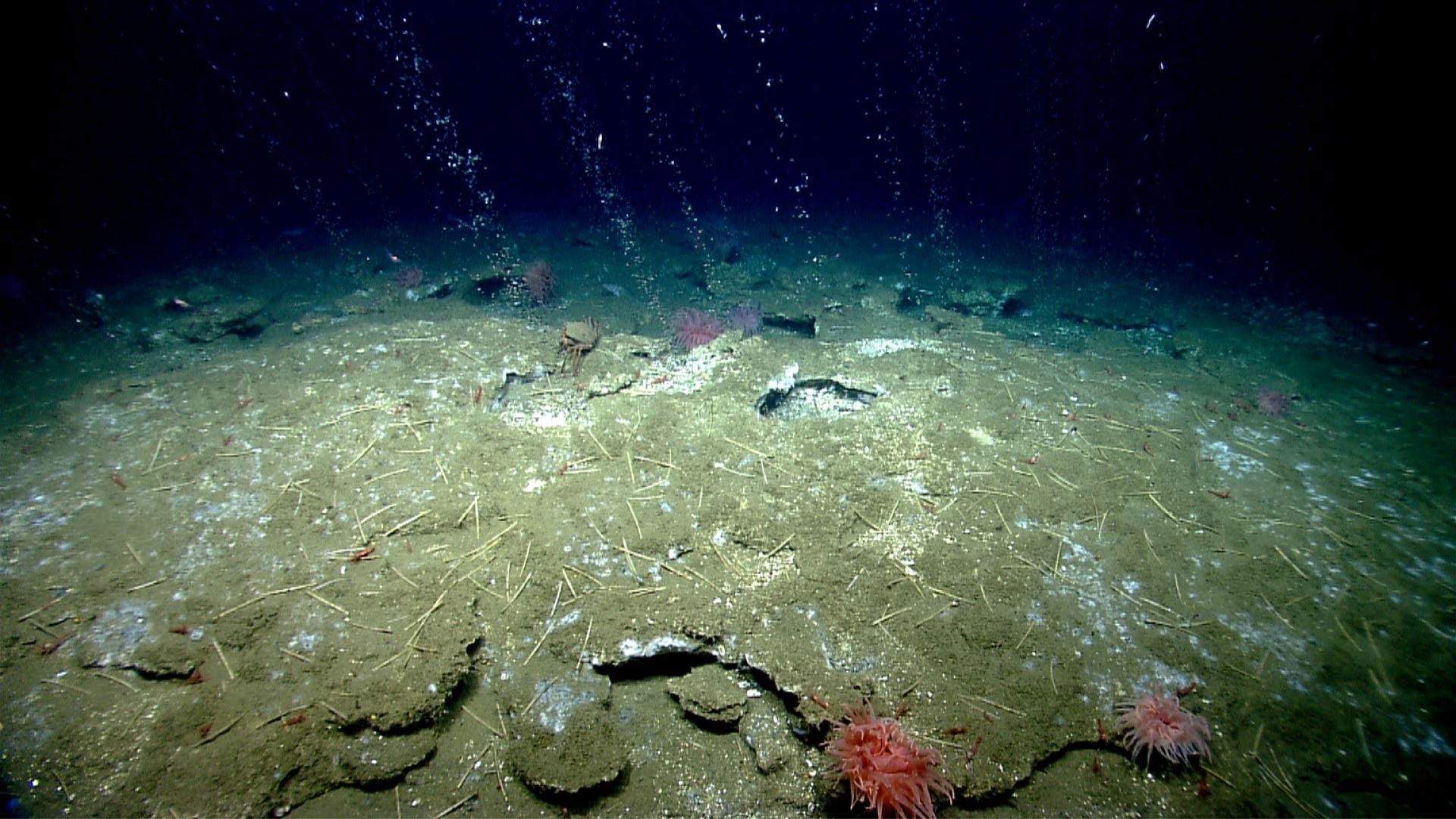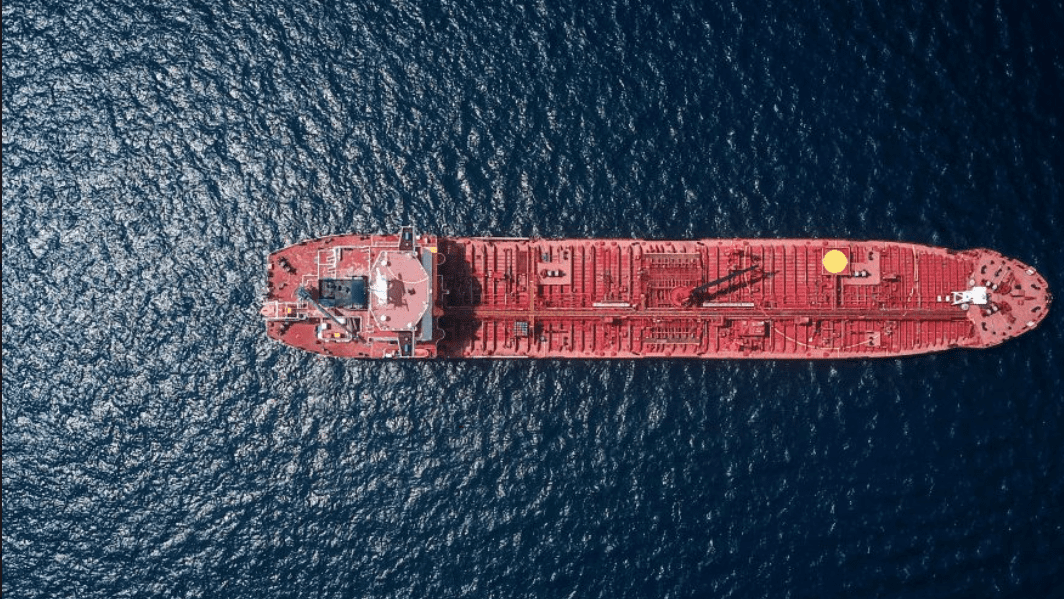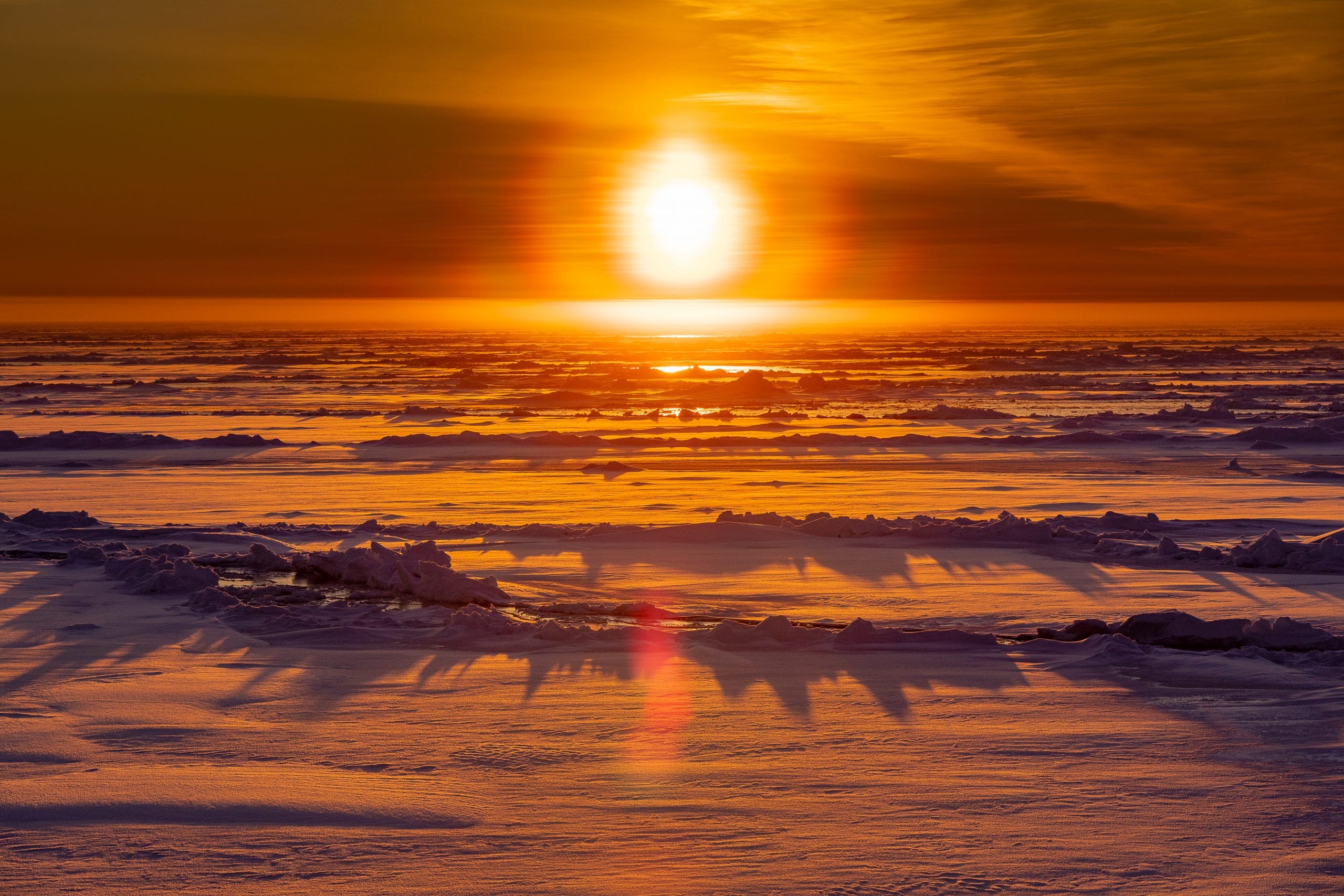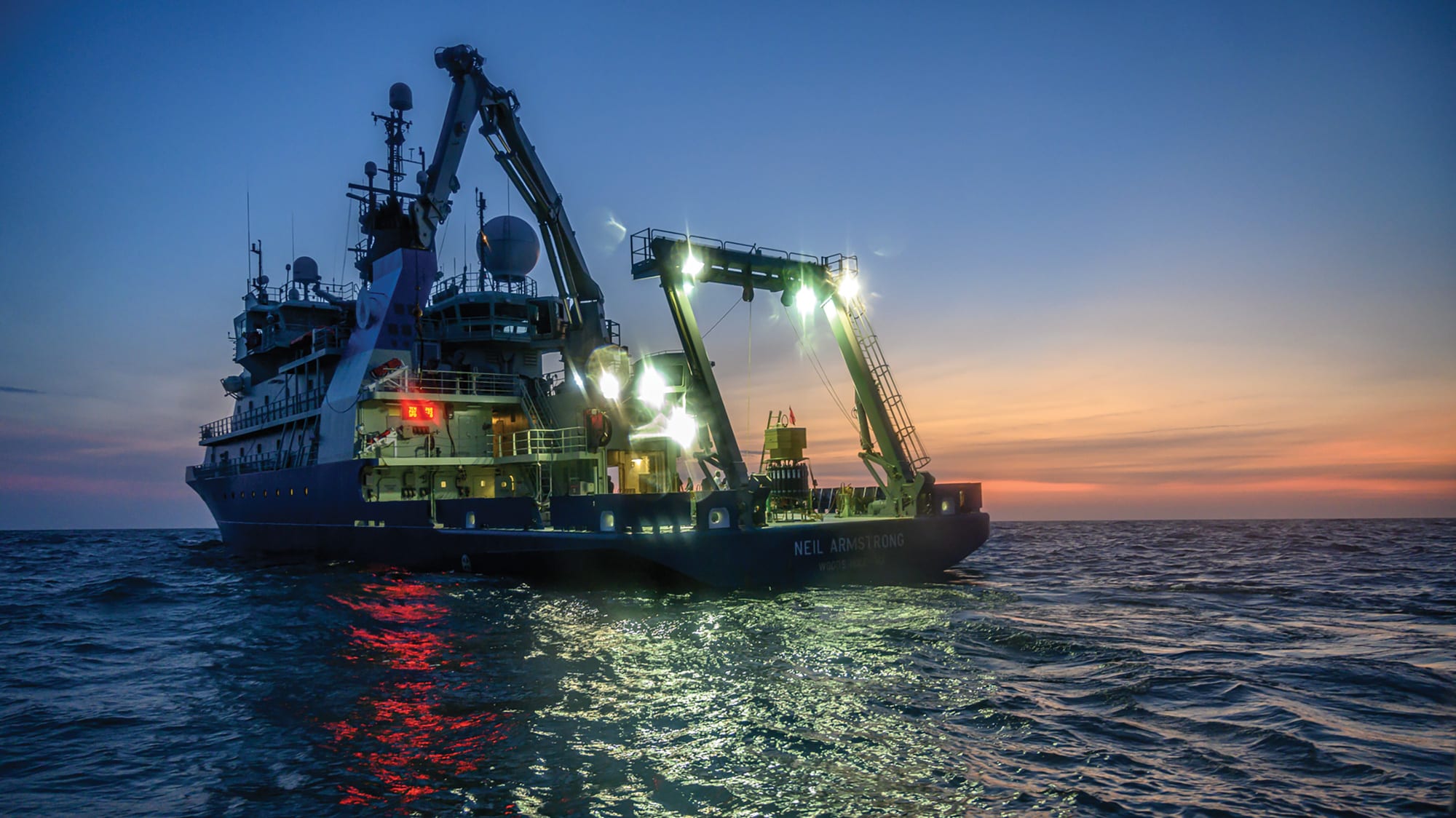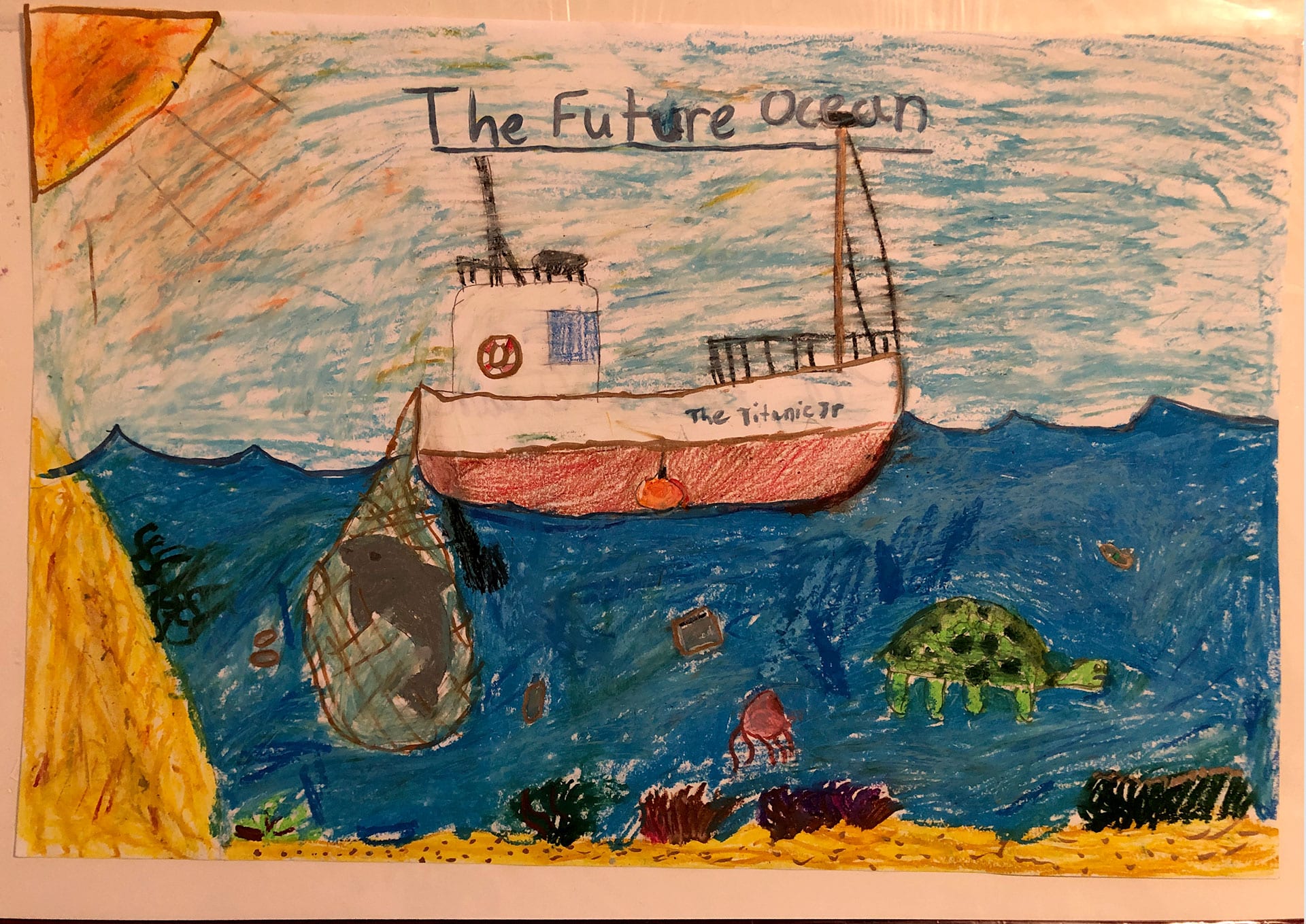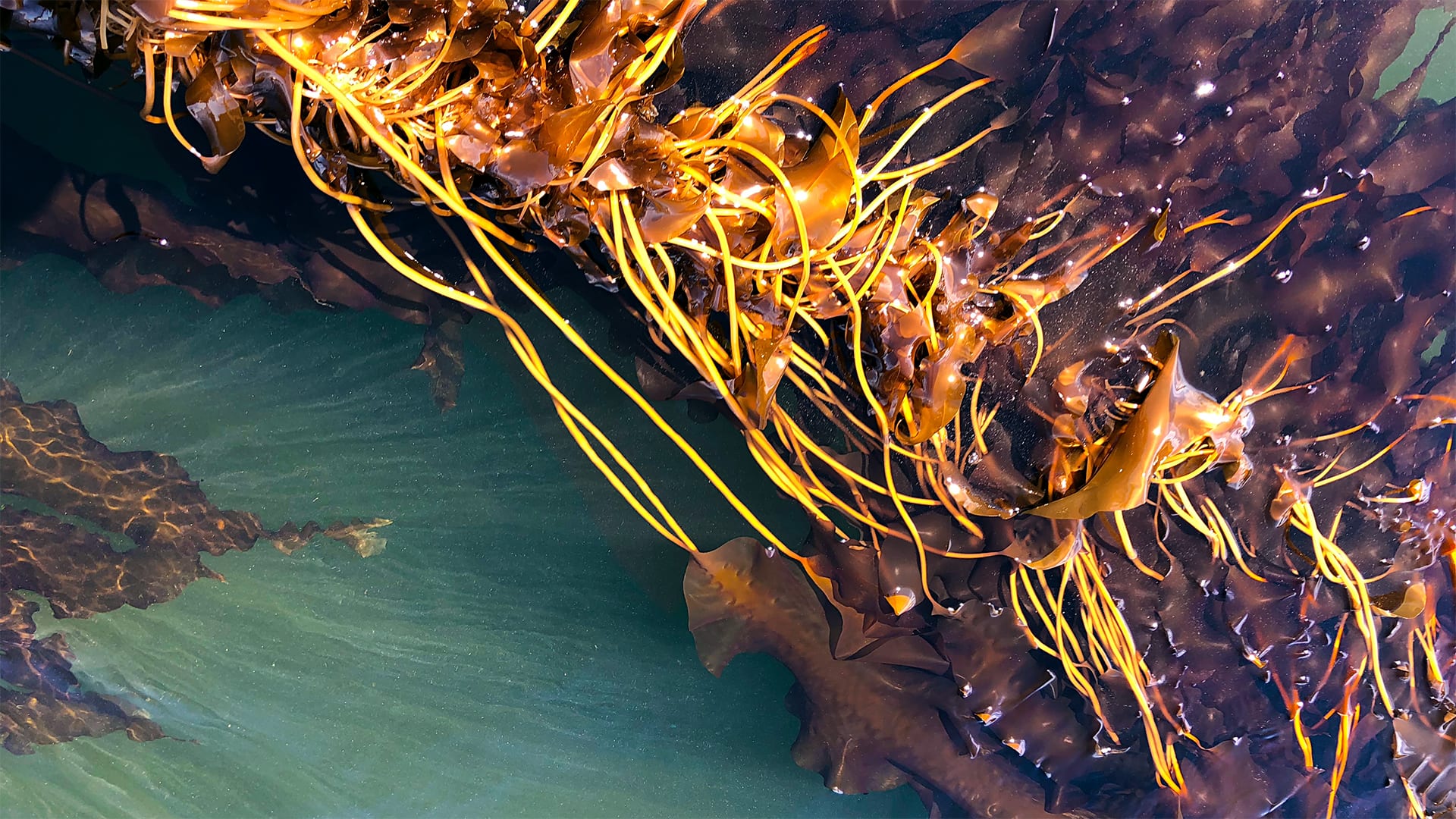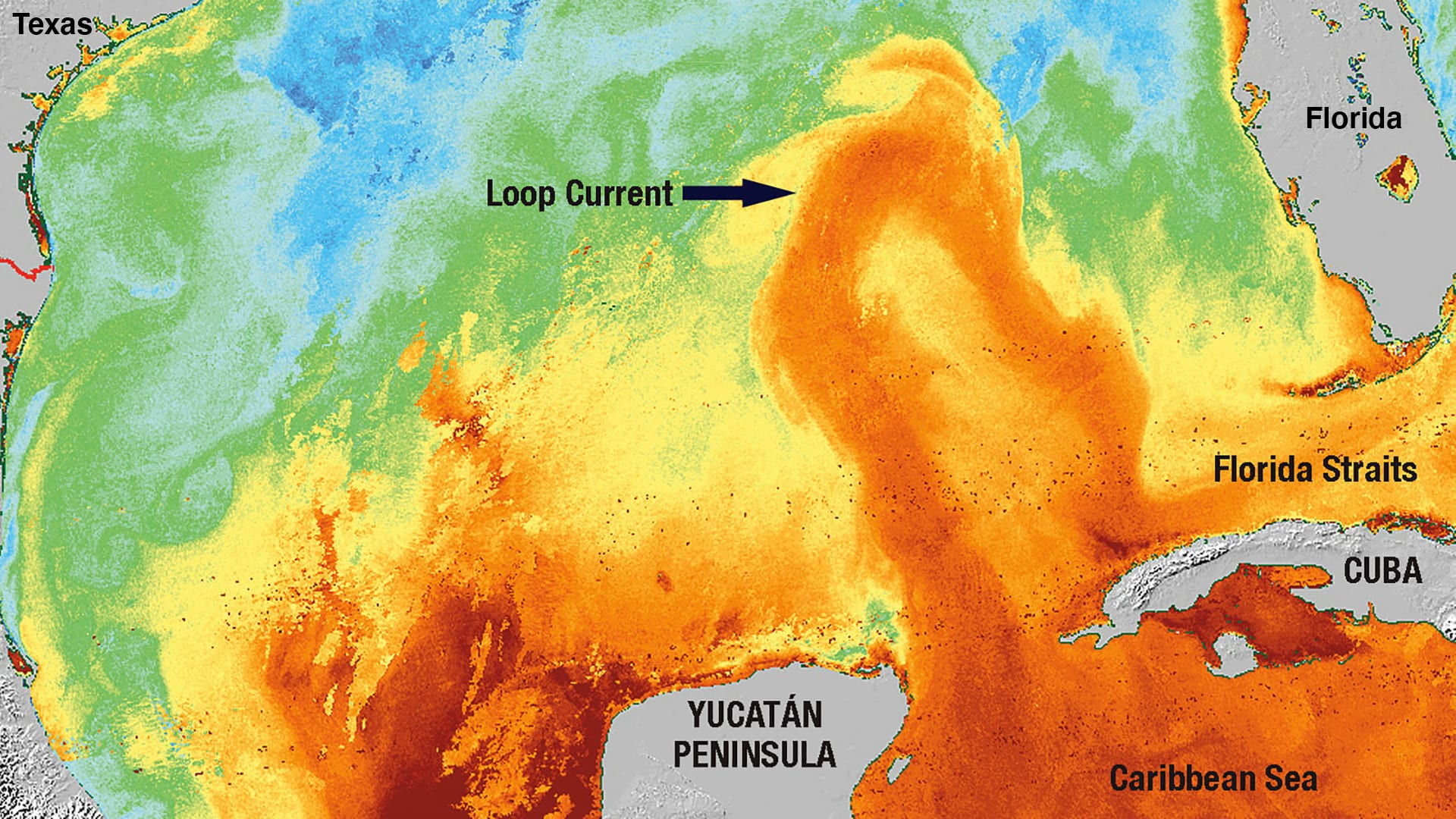Oceanus Online Archive
New glider design aims to expand access to ocean science
Gliders are vehicles vital to collecting oceanographic data, but not accessible to everyone in the ocean community. A team of WHOI engineers want to change that
Read MoreScience RoCS Initiative responds to need for increased ocean monitoring
Commercial ships are helping oceanographers deploy robotic Argo floats to keep an eye on hard-to-reach parts of the ocean
Read MoreThe ocean science-art connection
Some of the most complex insights in marine science are no match for the communicative power of art. Check out these five recent collaborations between ocean scientists and artists
Read MoreGoing the Distance
Unraveling the mysteries of the vast global ocean means entering some of the most remote and dangerous places on the planet.
Read MoreFive things to know about NOAA’s 2021 Tech Demo
Researchers prepare WHOI’s autonomous underwater vehicle, Orpheus for its first deep dive of 2021Tech Demo.
Read MoreA new ocean soundscape
Combining his passions for marine chemistry and music, an MIT-WHOI Joint Program student converts data into songs that reveal the chemical nuances of the ocean.
Read MoreMeet the Alvin 6500 Team: Rose Wall
Alvin Engineer Rose Wall on joining the Alvin Group during an overhaul and the pandemic.
Read MoreOil spill response beneath the ice
Successful test deployment of WHOI vehicle Polaris expands U.S. Coast Guard response to oil spills in the Arctic
Read MoreFrom Mars to the deep
Navigation technology that helped NASA’s Perseverance rover land safely on Mars could guide robots in another unexplored terrain that’s much closer to home: the deepest trenches of the ocean.
Read MoreThe teacher who never misses the chance to Dive & Discover
Middle-school classroom participates in every Dive & Discover expedition since 2000
Read MoreFive extreme places to do ocean research
Whether they’re under the ice at the furthest poles or hovering above the ocean’s deepest volcanoes, these researchers get the job done.
Read MoreFukushima and the Ocean: A decade of disaster response
One decade since explosions rocked Japan’s Fukushima Dai-ichi nuclear power plant, researchers look back at how the ocean was impacted by the radioactivity fallout from the event, and discuss how the situation continues to evolve.
Read MoreData with a side of sass
The name “data dollies” was a tongue-in-cheek way of calling attention to the essential yet unglamorous work these mostly young, college-educated women performed while not at sea.
Read MoreRacing an undersea volcano
Using AUV Sentry to make a high-resolution, near-bottom, seafloor map before the next volcanic eruption at the East Pacific Rise
Read MoreAmidst pandemic, researchers deploy new monitoring station in tropical Pacific
After two attempts in 2020 to replace a monitoring station of the coast of Chile, WHOI researchers and colleagues successfully deployed the moored system despite pandemic-related challenges. This extends a 20-year ongoing presence of a monitoring buoy in this otherwise data-sparse area of the Pacific.
Read MoreFive books WHOI researchers are reading right now
Ocean scientists don’t just read peer-reviewed papers to stay inspired. Some require less-obvious forms of reading to keep their minds sharp
Read MoreMicrobial Methane – New Fuel for Ocean Robots?
Researchers are developing on an energy harvesting platform that converts marine methane to electricity. The system could be an answer to power-hungry robots that are being asked to explore increasingly larger swaths of the ocean.
Read MoreWHOI scientist shares her perspective on ‘imminent’ oil spill in the Red Sea
As a major oil spill looms in the Red Sea, a WHOI physical oceanographer shares her insights on where the oil might go.
Read MoreTracking change in the Arctic Ocean
Changes in the Arctic Ocean are becoming clearer, thanks to an ocean monitoring network maintained by WHOI researchers in the Beaufort Gyre since 2003.
Read MoreCan icebergs be towed to water-starved cities?
The big tow Researchers have floated the idea of long-distance iceberg towing for decades.
Read MoreOn the high seas
A cruise with a view: The deck of the Armstrong was a welcome change of scenery for those used to a typical office setting. “The shipboard camaraderie, the romance of…
Read MoreFuture Voices: how kids view our ocean in the coming decades
What will the global ocean look like in 50 years? As part of the Spring 2020 issue of our flagship magazine Oceanus themed Future Ocean [link to issue], we asked…
Read More‘High-octane’ hurricane fuel swirls in the Gulf of Mexico
Researchers deploy an arsenal of underwater floats to monitor the Loop Current—one of the Atlantic Ocean’s fastest and warmest currents—to collect critical data for hurricane forecasting.
Read More